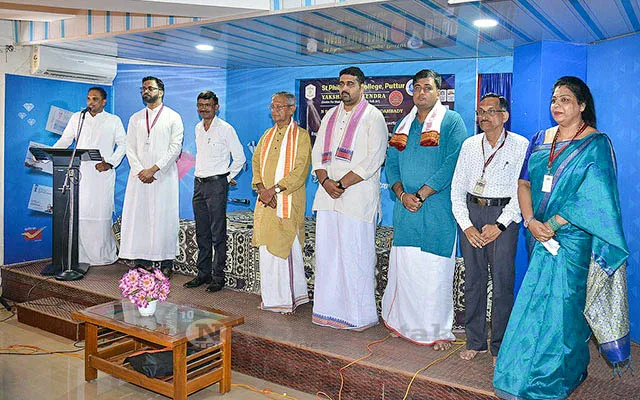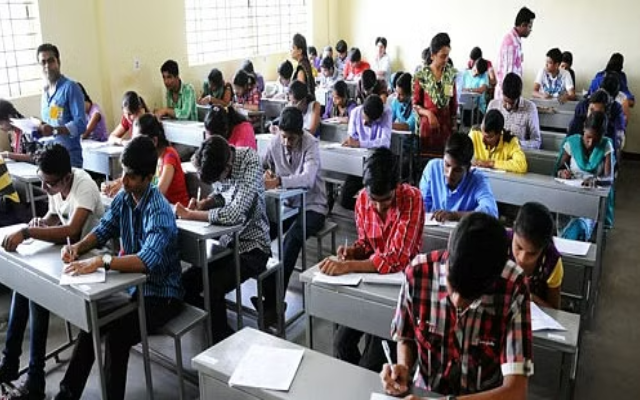For an economy that is ostensibly on the mend, an almost flat demand curve for electricity — a key indicator of whether an industrial revival is underway — and a mounting list of 57 thermal power units across the country that are shut down due to lack of demand despite the onset of peak summer, belies an industrial revival story.

Of the country’s total installed generation capacity of 2,68,603 MW, the peak demand met on May 23 was less than half at just 1,34,892 MW, according to official data available with grid managers.
Worrying still is the fact that at last count, 57 base-load thermal units across India’s northern and western heartland were faced with ‘reserve shutdown’, a technical term for a unit shut down due to lack of demand. Grid managers point to this being indicative of tepid industrial load compensating for a surge in mid-summer domestic demand.
That the demand met on May 23 is flat is evident from the figure, a tad higher than the demand met for each of the previous two years (it was 1,29,575 MW on May 23, 2014). While the cumulative capacity of units under reserve shutdown was over 10,000 MW, the worrying aspect is that most of these units have been shut for days, sometime months. For instance, the 500 MW Unit 8 of the Chandrapur super thermal power station in Maharashtra was shut down on March 29 and hasn’t come on stream since, while the two 600 MW units of the Singhaji thermal power station in Madhya Pradesh were shut early April.
Then there are another 30-odd thermal units that are, according to the official data, down due to technical reasons, the most common being ‘water wall tube leakage’. According to an official in the Central Electricity Authority, which maintains the data, the disturbing aspect highlighted by the data is that reasons such as ‘water wall tube leakage’ should have taken developers just a few days of repair. The fact that it has stretched for months for a number of units is indicative of the reluctance among developers to bring their units back on stream, presumably because there is little by way of demand.
On May 23, out of the total installed capacity of conventional stations (non-renewable) of 2,36,910 MW, a capacity of 47,751 MW was officially down due to outages according to data compiled by grid manager POSOCO, including the units under reserve shutdown. So cumulatively, over 20 per cent of the country’s base-load capacity, or roughly one in five units, was facing outages on Saturday, a day when temperatures soared to a new high in the northern and eastern parts.
The trend is buttressed by broader data on the economy. For instance, over the last 12 months, the overwhelming reason for projects getting stalled was the lack of promoter’s interest in implementing them. Data collated by CMIE on stalled projects – comprising a large sample of firm-level public and private investment data, balance sheet reports and survey of companies – showed that the lack of interest by promoters to invest held up a total of 132 projects with investments worth Rs 69,600 crore last fiscal, overshadowing the more predictable systemic reasons for project delays, including land acquisition problems, lack of environmental clearance, raw material or feedstock unavailability and accounted for over a fifth of the 598 projects that were reported to be stuck last fiscal.
The continuing struggle of capital goods firms too negates the industrial revival story. State-run equipment maker Bharat Heavy Electricals Ltd, for instance, reported its worst results in at least five years, with a sharp 24 per cent drop in turnover in its provisional numbers for 2014-15. L&T, the country’s largest engineering and construction firm, is struggling too, with the company having cut its order book position twice this year already.
“When we started this year, it looked like a 20 per cent order growth would be possible. We have seen a growth of about 16 per cent in the (first) three quarters. the growth rate now looks to be somewhere in the 15-20 per cent range,” R Shankar Raman, whole-time director and chief financial officer of L&T, said when the company released its third quarter numbers.
















